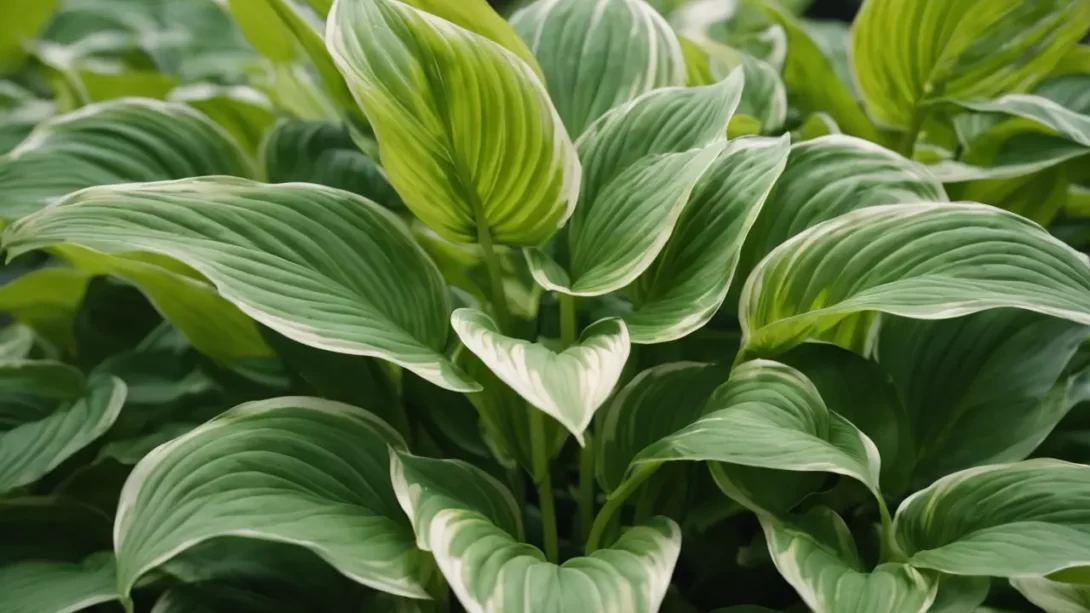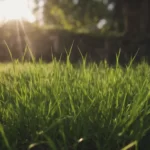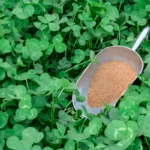Hostas are a mainstay in many shade gardens, prized for their lush foliage and ability to thrive in low-light conditions. These perennials come in a wide range of sizes, colors, and leaf patterns, making them versatile and attractive additions to a variety of garden settings. Understanding the growth characteristics of hostas is essential for gardeners looking to incorporate these plants into their landscapes effectively.
Hosta Varieties and Growth Rates
The growth rate of hostas can vary significantly depending on the variety. The hosta family encompasses a broad spectrum of types, from miniature varieties that grow slowly and stay small to large varieties that can expand rapidly to fill in space. For example, the miniature ‘Blue Mouse Ears’ grows slowly and remains compact, while the larger ‘Sum and Substance’ can exhibit a more vigorous growth rate. These inherent differences in growth rates are essential to consider when planning a garden layout and choosing the right hostas for your space.
Factors Affecting Hosta Growth
Several key factors influence the growth rate of hostas:
- Soil Quality: Hostas prefer well-draining soil rich in organic matter. Soil that is too compacted or lacks nutrients can impede growth.
- Light Exposure: While hostas are known for their shade tolerance, the amount of light they receive can affect their growth. Varieties with green or blue leaves generally prefer more shade, while those with gold or white variegation may tolerate and sometimes prefer some morning sun or filtered light.
- Water Requirements: Consistent moisture is vital for hostas, especially during their active growth in spring and summer. However, overwatering or poor drainage can lead to root rot.
- Temperature: Hostas thrive in moderate temperatures and can be affected by extreme heat or cold. In regions with harsh winters, hostas may go dormant earlier and have a shorter growing season.
- Planting Location and Care: The location where hostas are planted and the care they receive, including mulching and protection from pests, play a crucial role in their growth rate.
Understanding and optimizing these conditions can significantly impact how quickly and robustly your hostas grow.
Typical Growth Patterns of Hostas
Hostas exhibit a distinct growth pattern from sprouting to reaching maturity. In spring, new shoots emerge from the ground, and leaves unfurl gradually. This period of active growth continues through late spring and early summer. Hostas typically reach their full size within a few years, depending on the variety and growing conditions. For instance, smaller varieties may mature in two to three years, while larger ones might take four to five years to reach their full potential size.
Maximizing Hosta Growth
To encourage healthy and fast growth in hostas, consider the following tips:
- Soil Preparation: Amend the planting area with organic matter like compost or well-rotted manure. This improves soil structure, enhances nutrient content, and ensures good drainage.
- Watering: Provide hostas with consistent moisture, especially during dry periods. Mulching can help retain soil moisture and regulate soil temperature.
- Light Requirements: Position hostas according to their light preferences. Most hostas benefit from some morning sun but require protection from harsh afternoon light, especially in warmer climates.
- Fertilization: Apply a balanced, slow-release fertilizer in the spring to support growth. Avoid over-fertilizing, as this can lead to more foliage growth at the expense of the plant’s overall health.
Common Challenges in Growing Hostas
While hostas are relatively low-maintenance, they can face several growth challenges:
- Pests: Slugs and snails are common pests that can damage hostas, eating holes in the leaves. Using slug baits, traps, or barriers can help protect the plants.
- Diseases: Hostas can be susceptible to fungal diseases like root rot and leaf spot, especially in overly moist conditions. Proper spacing for air circulation and avoiding overhead watering can reduce these risks.
- Environmental Stress: Extreme temperatures, either hot or cold, can stress hostas and affect their growth. In hot climates, providing afternoon shade can help, while in cold regions, a protective mulch layer in winter can minimize frost damage.
Addressing these challenges promptly can help ensure that your hostas remain healthy and continue to grow at an optimal rate.
Hostas in Landscaping and Garden Design
Hostas are incredibly versatile in garden design due to their varied sizes and foliage patterns. When incorporating hostas, consider their growth habits. Smaller varieties work well in border fronts or as underplantings for taller shrubs, while larger hostas can be stunning focal points. For a cohesive look, group hostas with similar light and water requirements together.
Spacing is another important consideration. Allow enough room for each hosta to reach its full size without overcrowding. This not only enhances the garden’s aesthetic but also promotes healthy air circulation, reducing the risk of disease. Hostas can be effectively paired with other shade-loving plants like ferns and astilbes, creating a rich tapestry of textures and colors.
Conclusion: Enjoying the Gradual Unfolding of Hostas
Growing hostas is a rewarding experience that requires patience to see them reach full maturity. These plants are a testament to the beauty of gradual growth, often taking several years to fully establish themselves and display their lush foliage. By understanding and catering to their specific needs, gardeners can ensure that hostas thrive and bring enduring beauty to shade gardens.
Hostas remind us of the joys and rewards of gardening – the anticipation of new growth each spring, the pleasure of seeing the foliage expand and flourish, and the satisfaction of a well-designed garden space. Whether you are a novice gardener or a seasoned green thumb, hostas offer a delightful and enduring addition to any garden.




